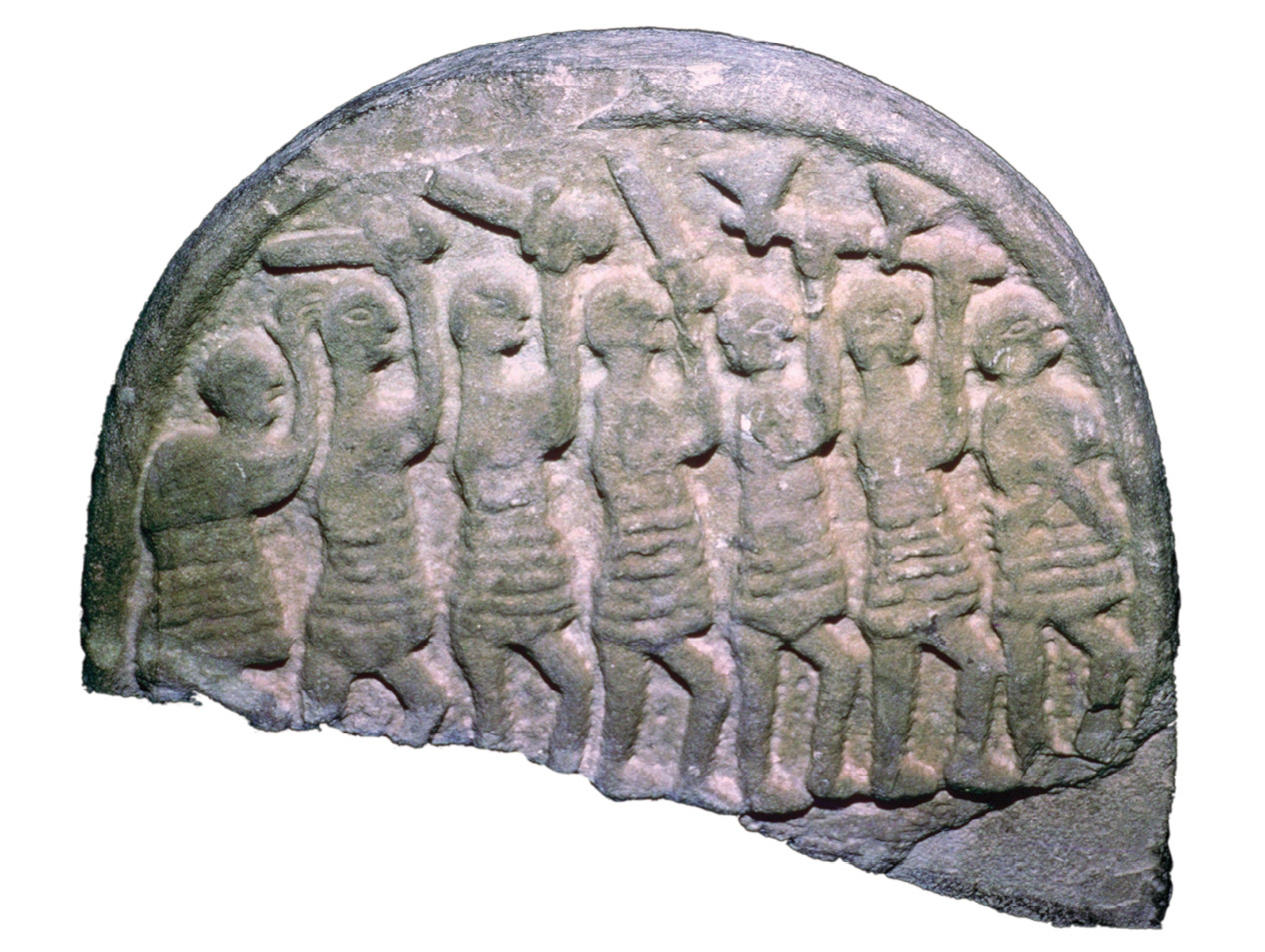

A ninth-century gravestone from the monastery at Lindisfarne depicts the onslaught of armed men (Photo by CM Dixon/Print Collector/Getty Images)
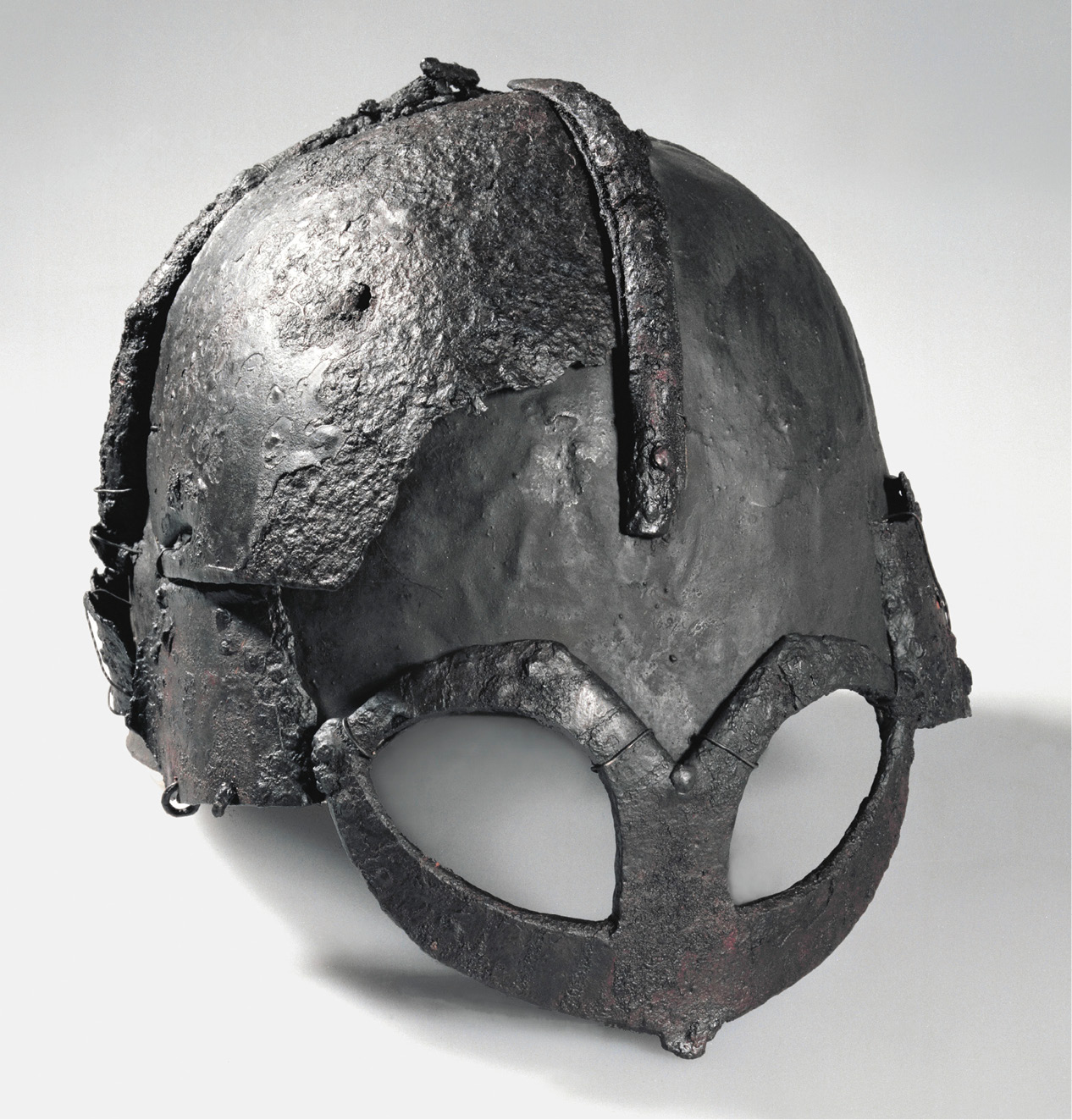
The late-tenth-century Gjermundbu helmet, the only complete Viking Age helmet ever found in Scandinavia (© 2017 Kulturhistorisk museum, UiO/CC BY-SA 4.0)
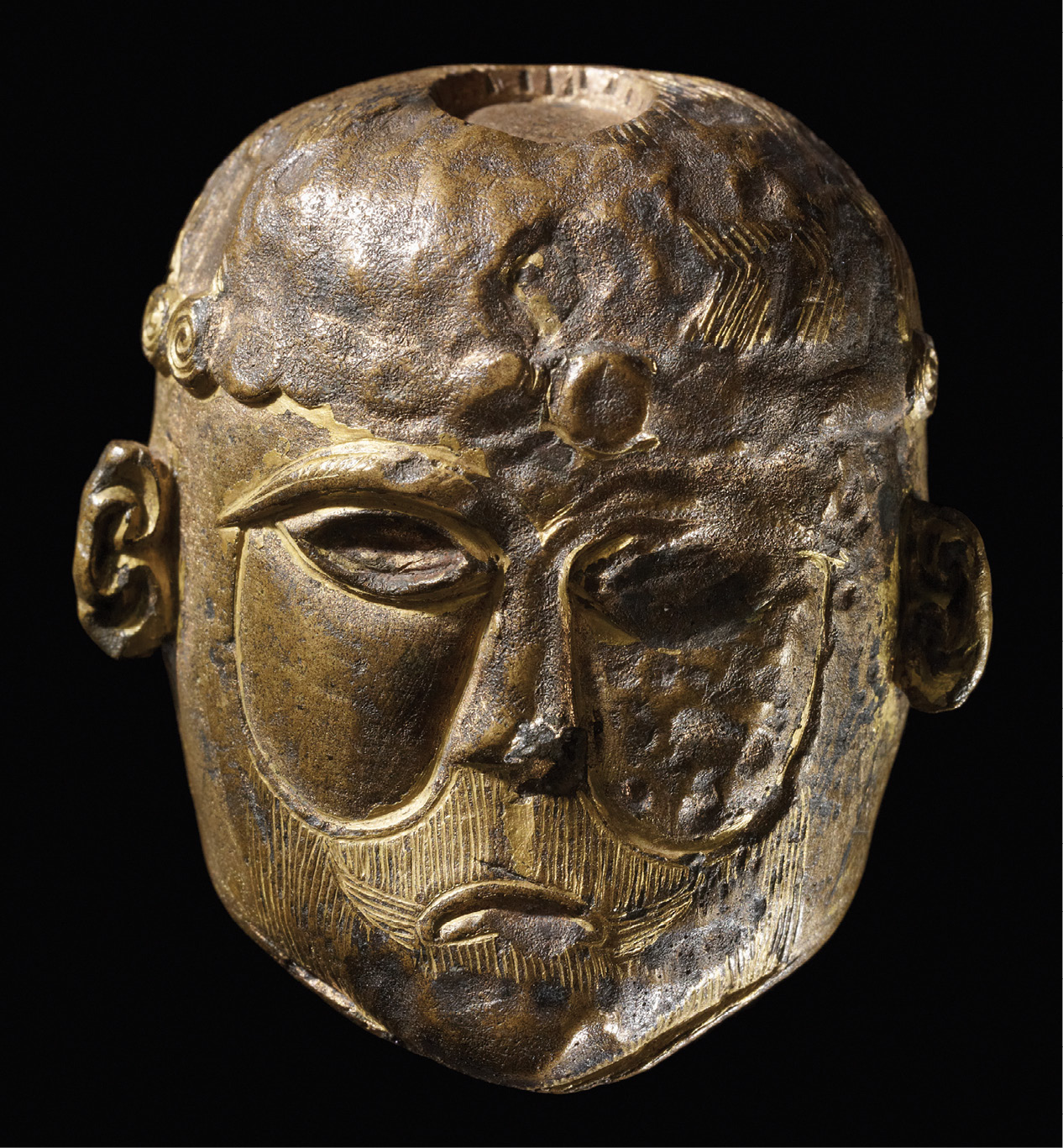
A lead weight, adapted from a piece of ecclesiastical metalwork (© The Trustees of the British Museum)
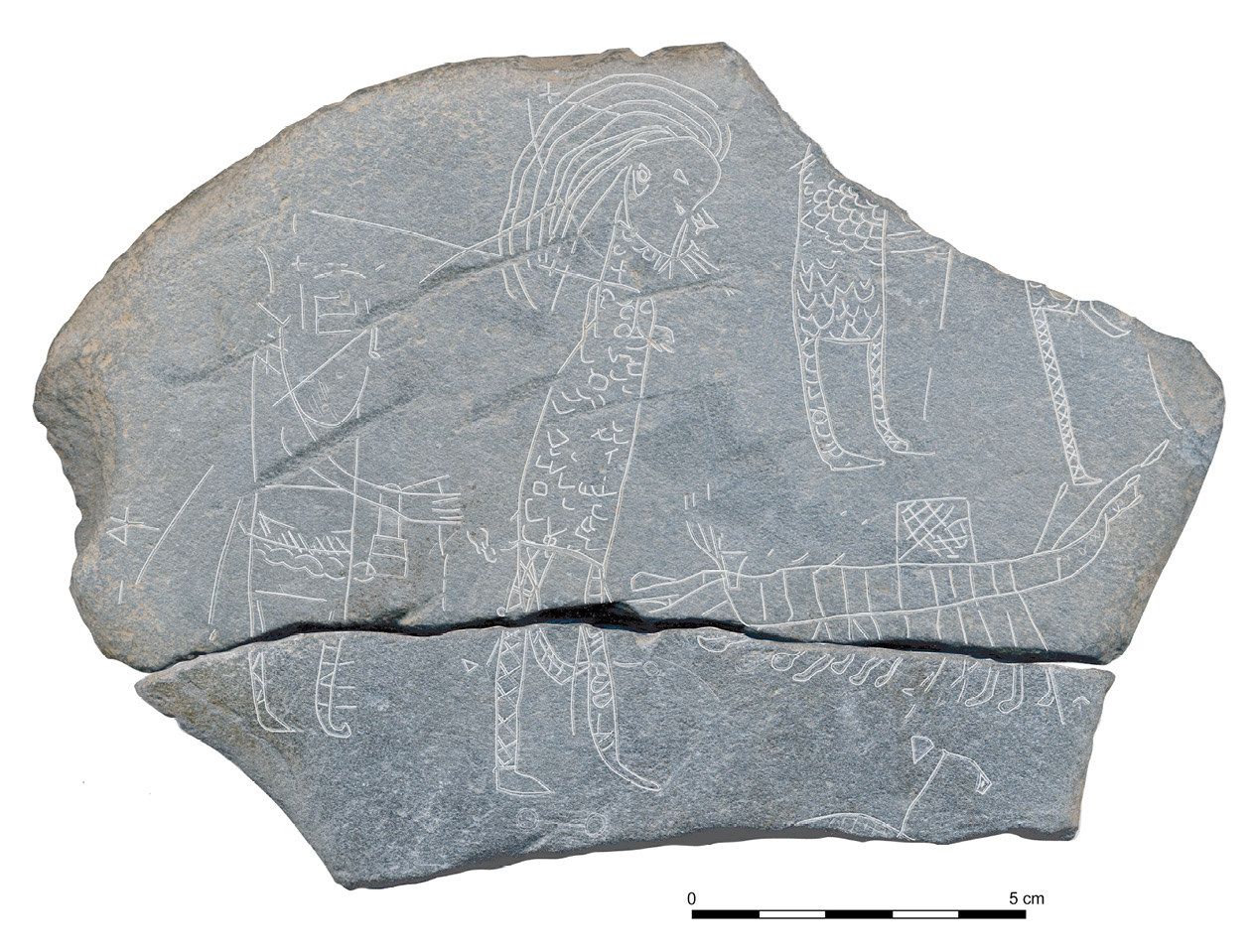
The Inchmarnock ‘hostage stone’; a graffito that appears to depict a slave-raid in progress (© Headland Archaeology (UK) Ltd)
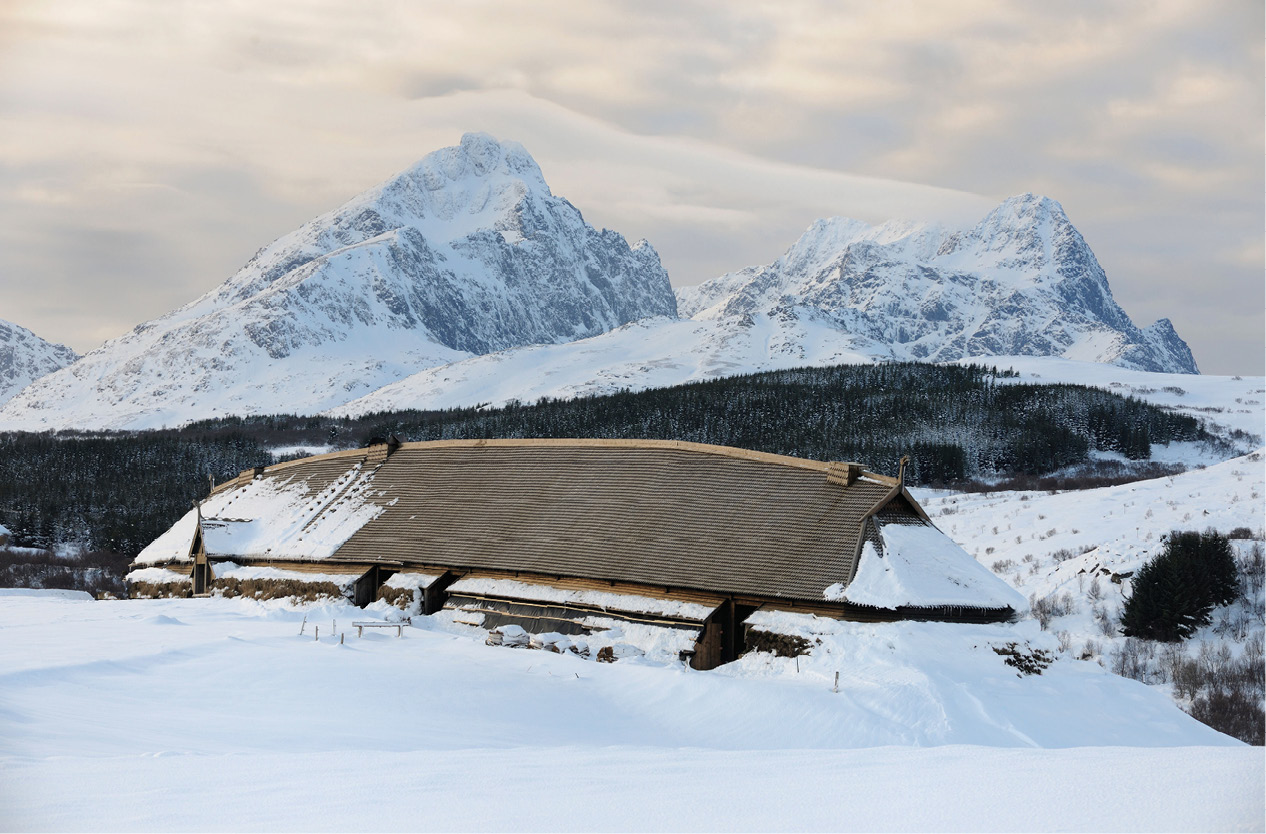
The reconstructed Viking Age long-house at Borg, Lofoten (Hemis/Alamy Stock Photo)
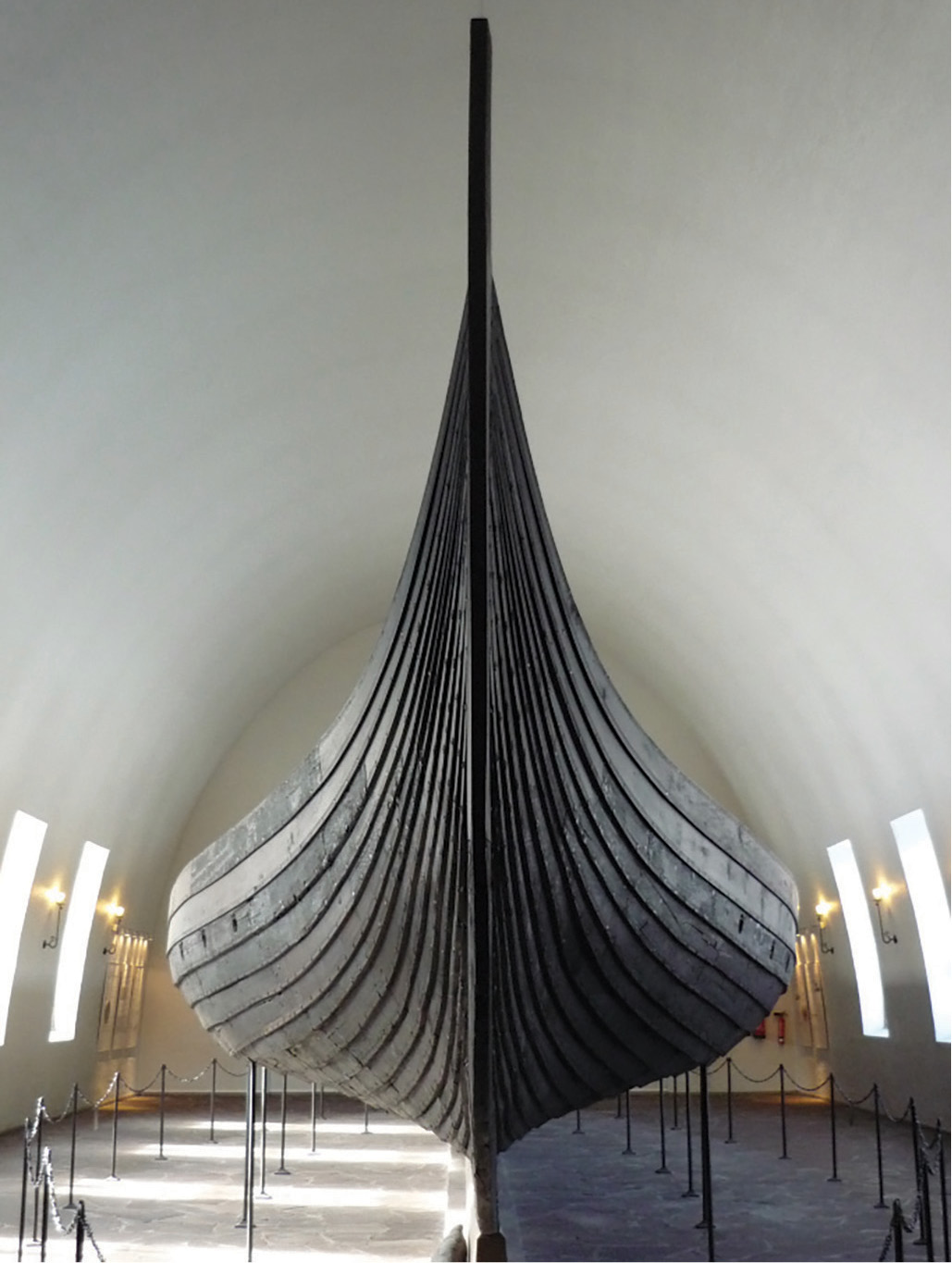
The Gokstad Ship, built c.890, now housed in Oslo (© Thomas J. T. Williams)
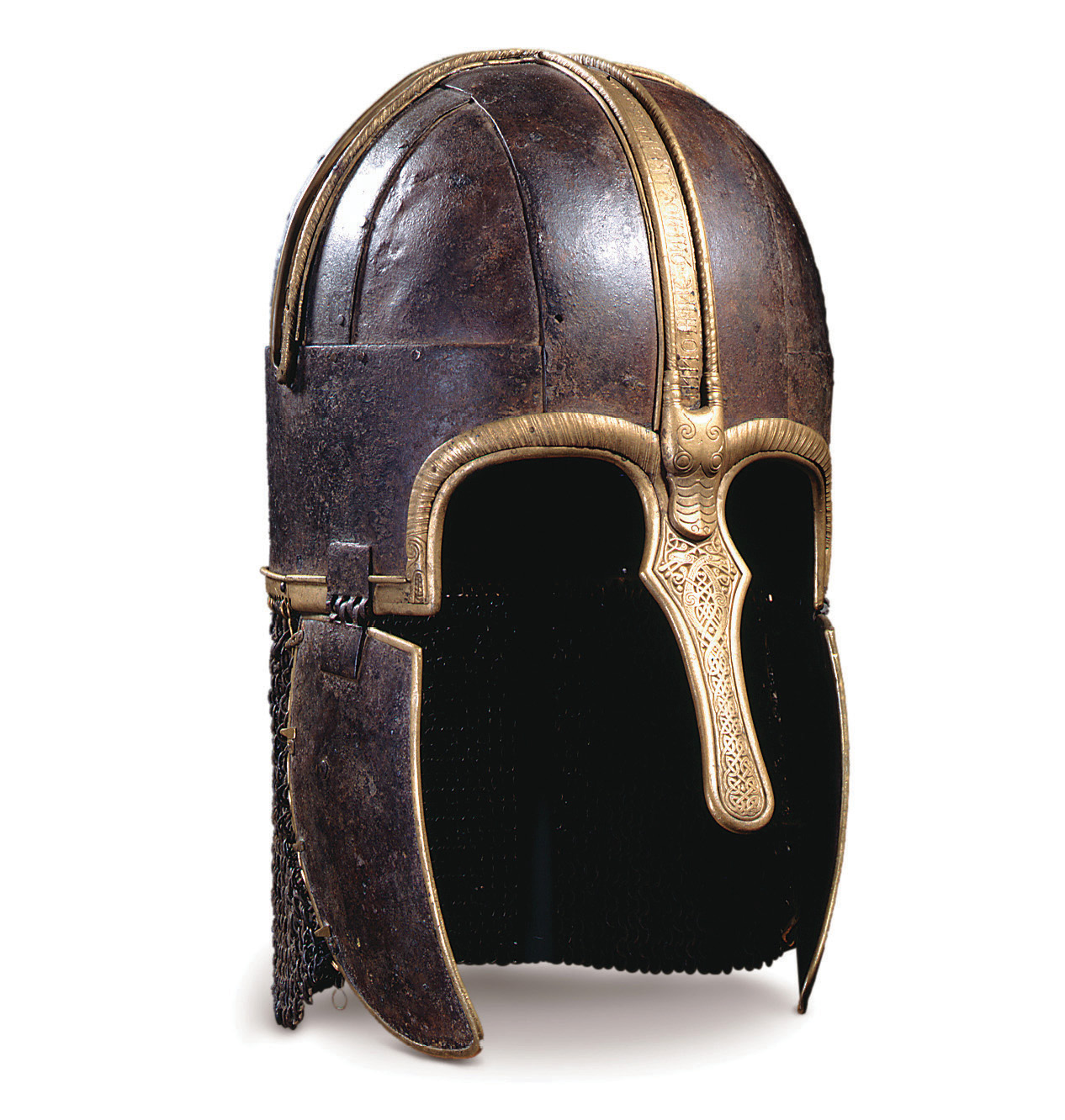
The Coppergate Helmet, a Northumbrian helmet forged between 750 and 775 (courtesy of York Museums Trust: http://yorkmuseumstrust.org.uk/CCBY-SA4.0)
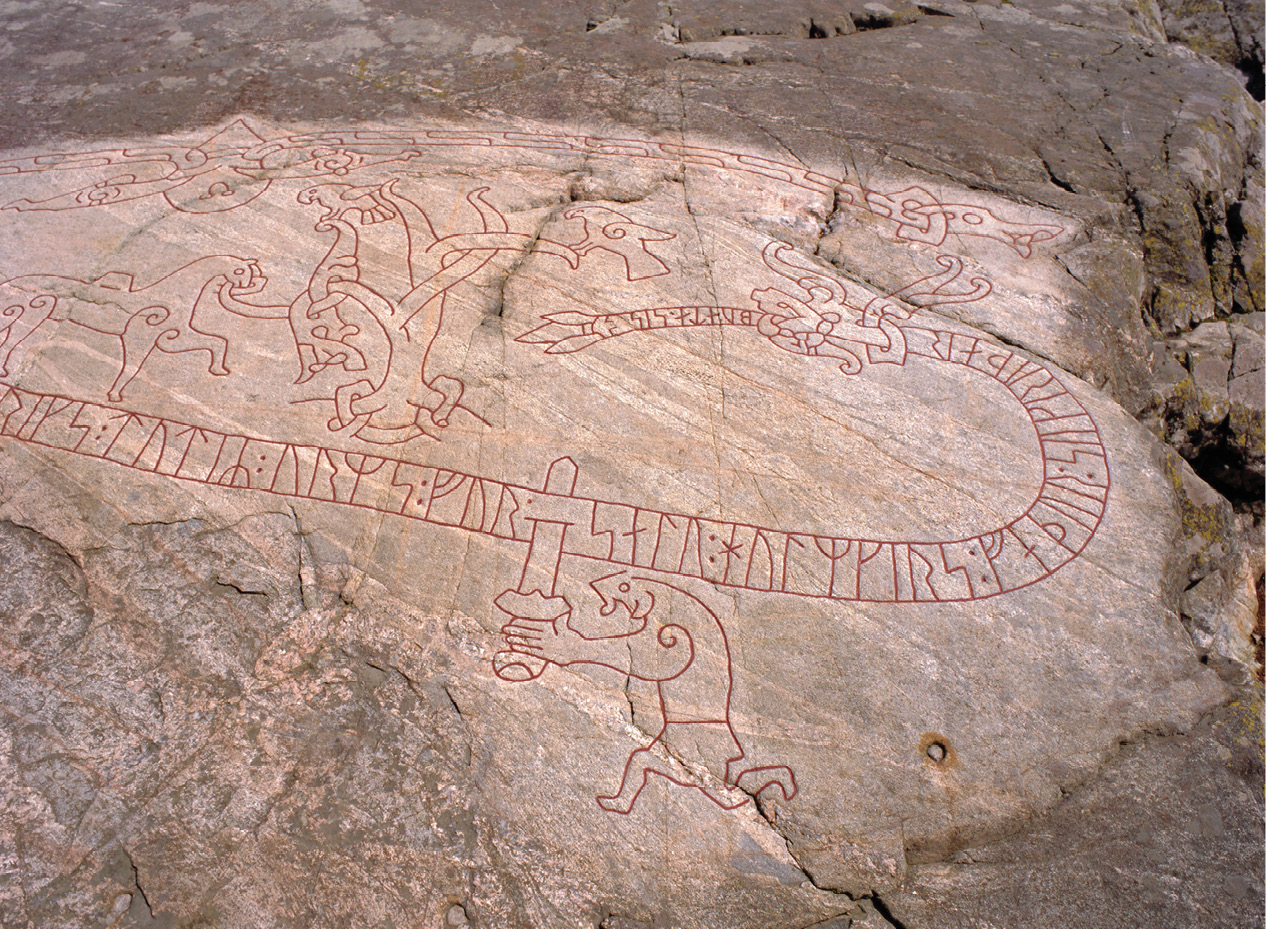
Sigurd pierces the body of the dragon Fáfnir from beneath on a runestone from Ramsund, Södermanland (Sweden) (robertharding/Alamy Stock Photo)
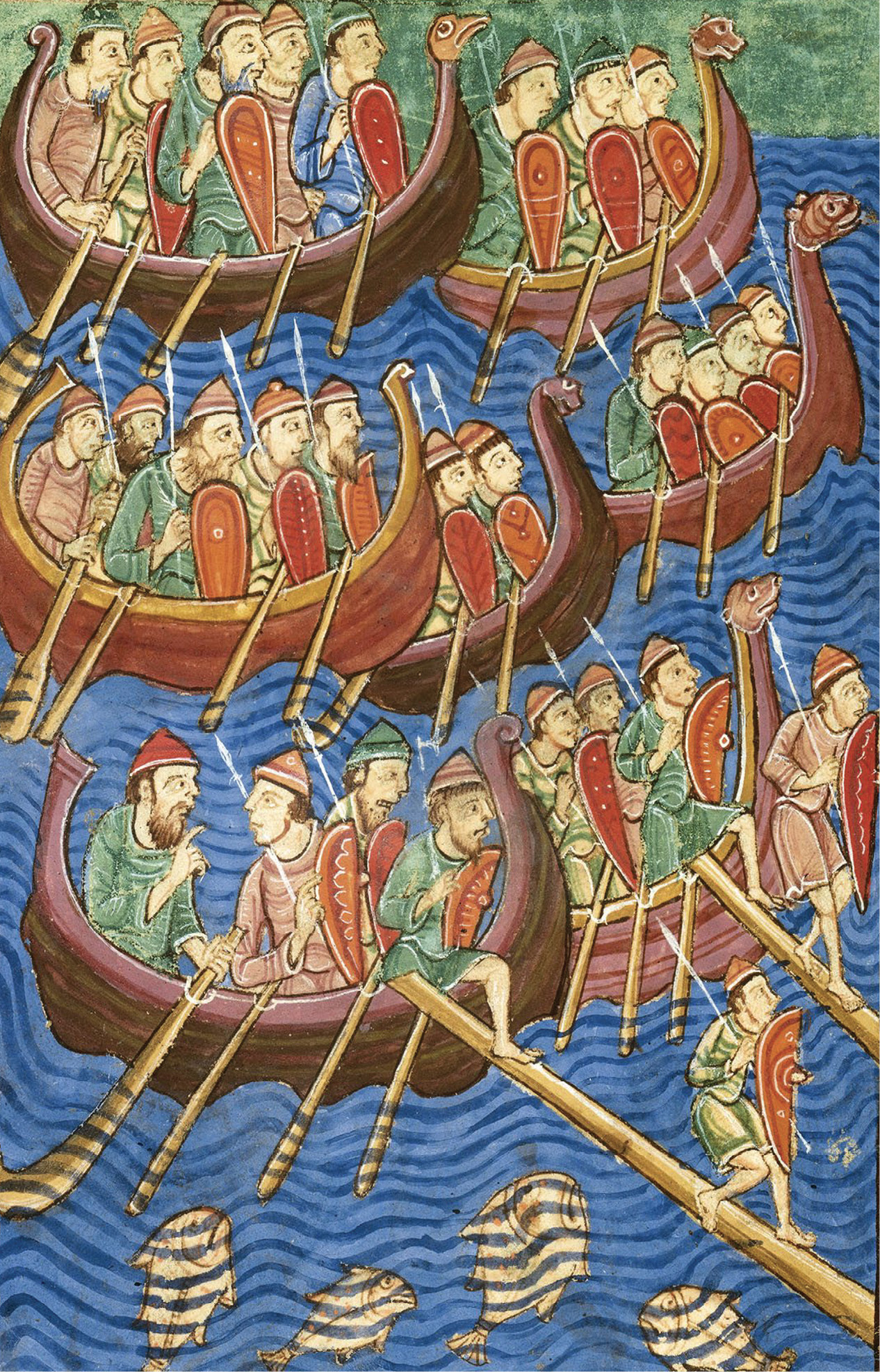
This image, from a twelfth-century life of St Edmund, depicts Ivar and Ubbe setting sail for England (Photo by Fine Art Images/Heritage Images/Getty Images)
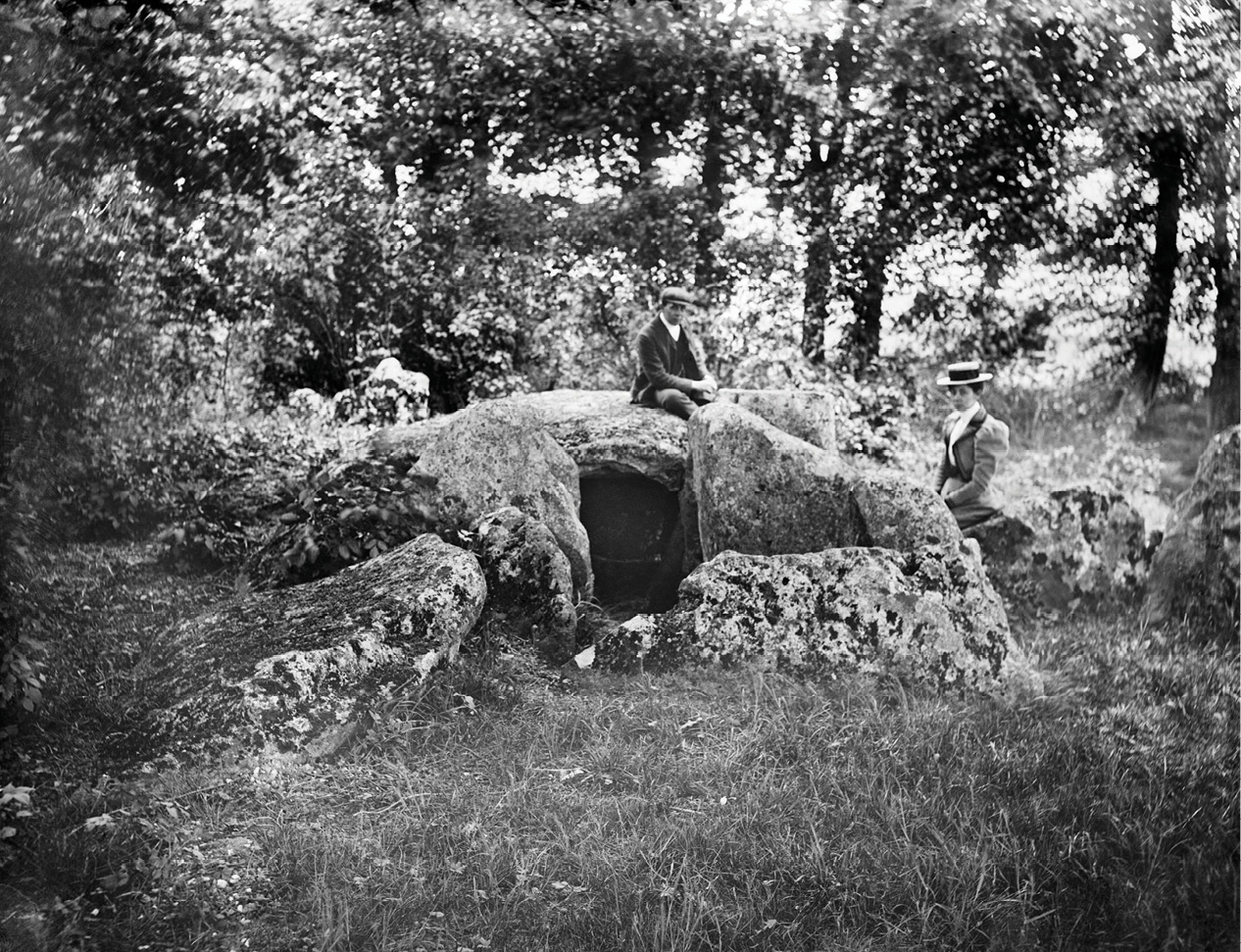
Wayland’s Smithy in c.1900, before restoration of the barrow took place in the 1960s (Photo by Henry Taunt/English Heritage/Arcaid/Corbis via Getty Images)
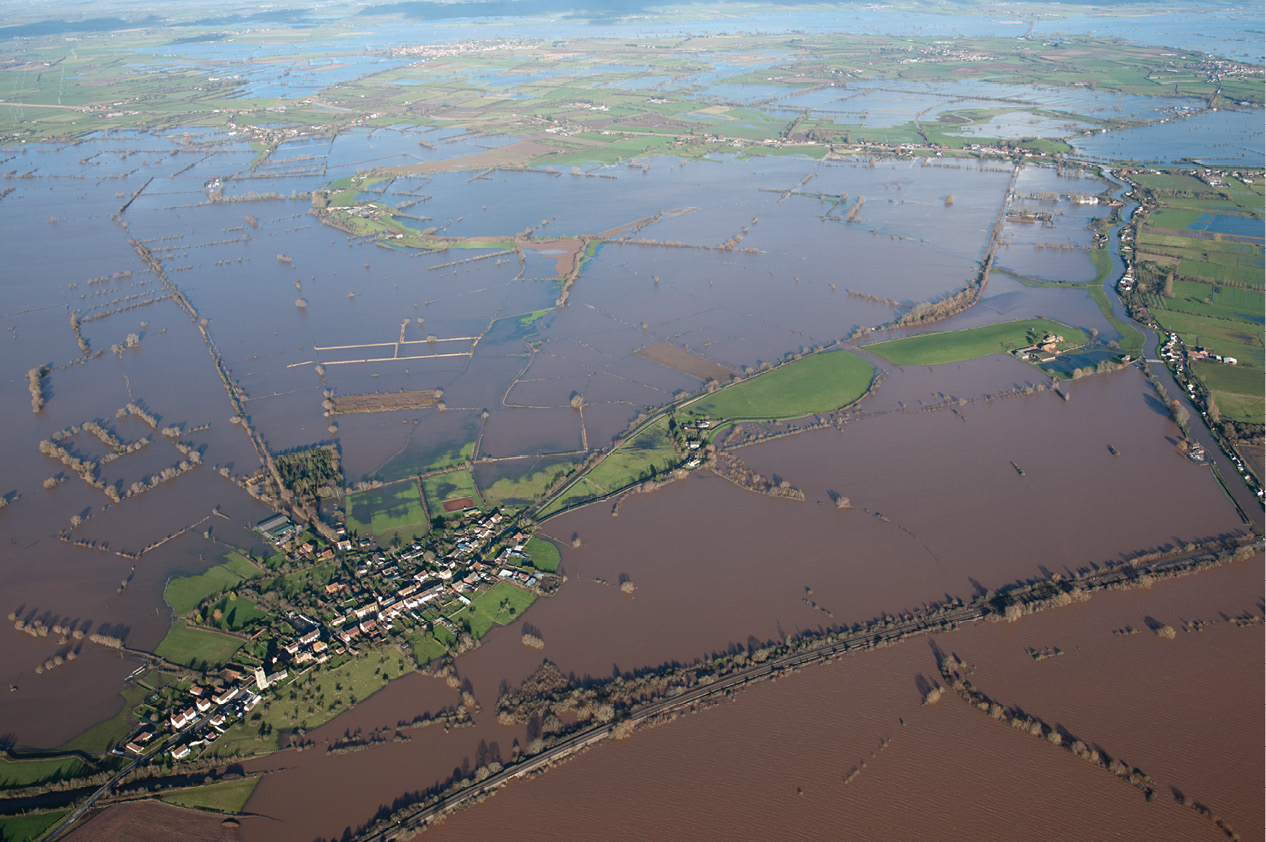
When the Somerset levels flood, the early medieval landscape is briefly restored. The village of East Lyng is to the left, attached to the Isle of Athelney, the strip of green extending diagonally up and right from the centre of the photograph (© Historic England Archive)
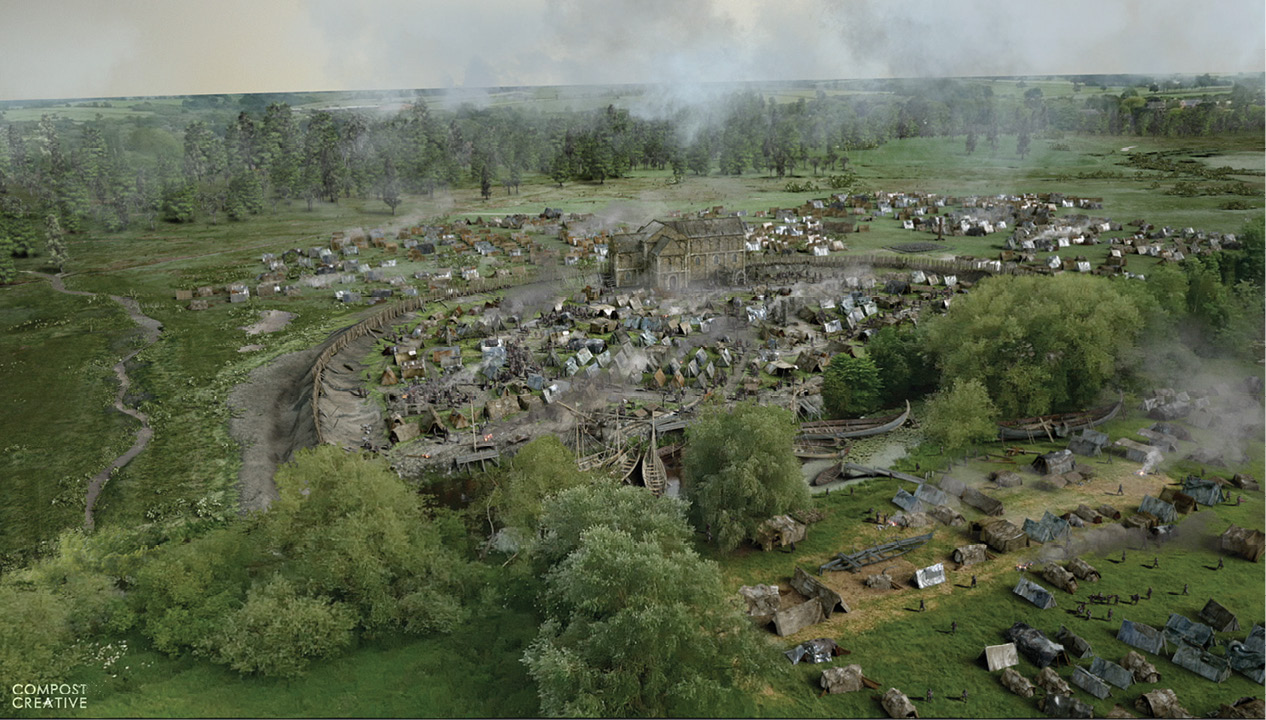
A reconstruction of the Viking camp at Repton (© Compost Creative)
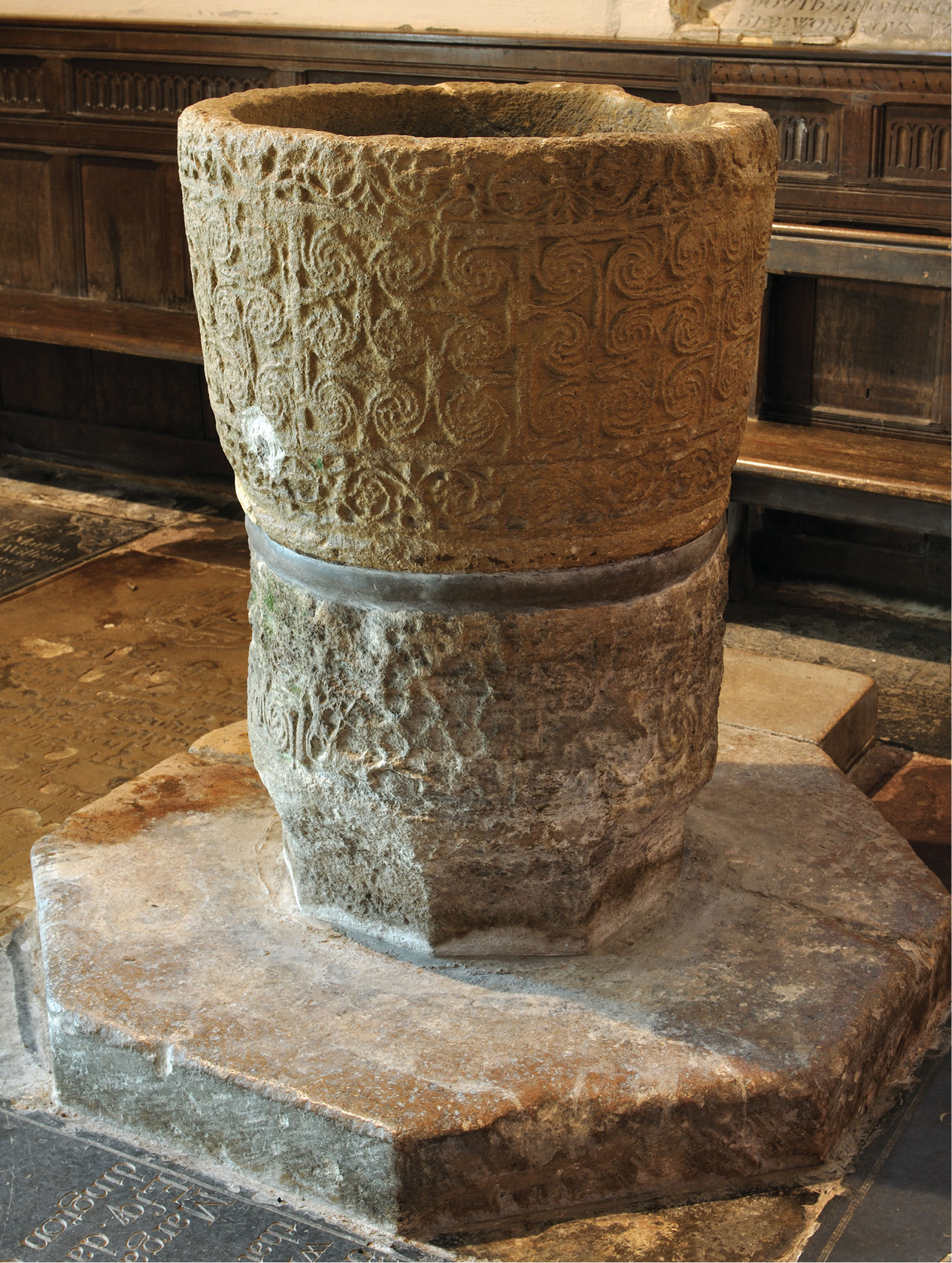
An Anglo-Saxon font, carved in the ninth century, at Deerhurst in Gloucestershire (Colin Underhill/Alamy Stock Photo)
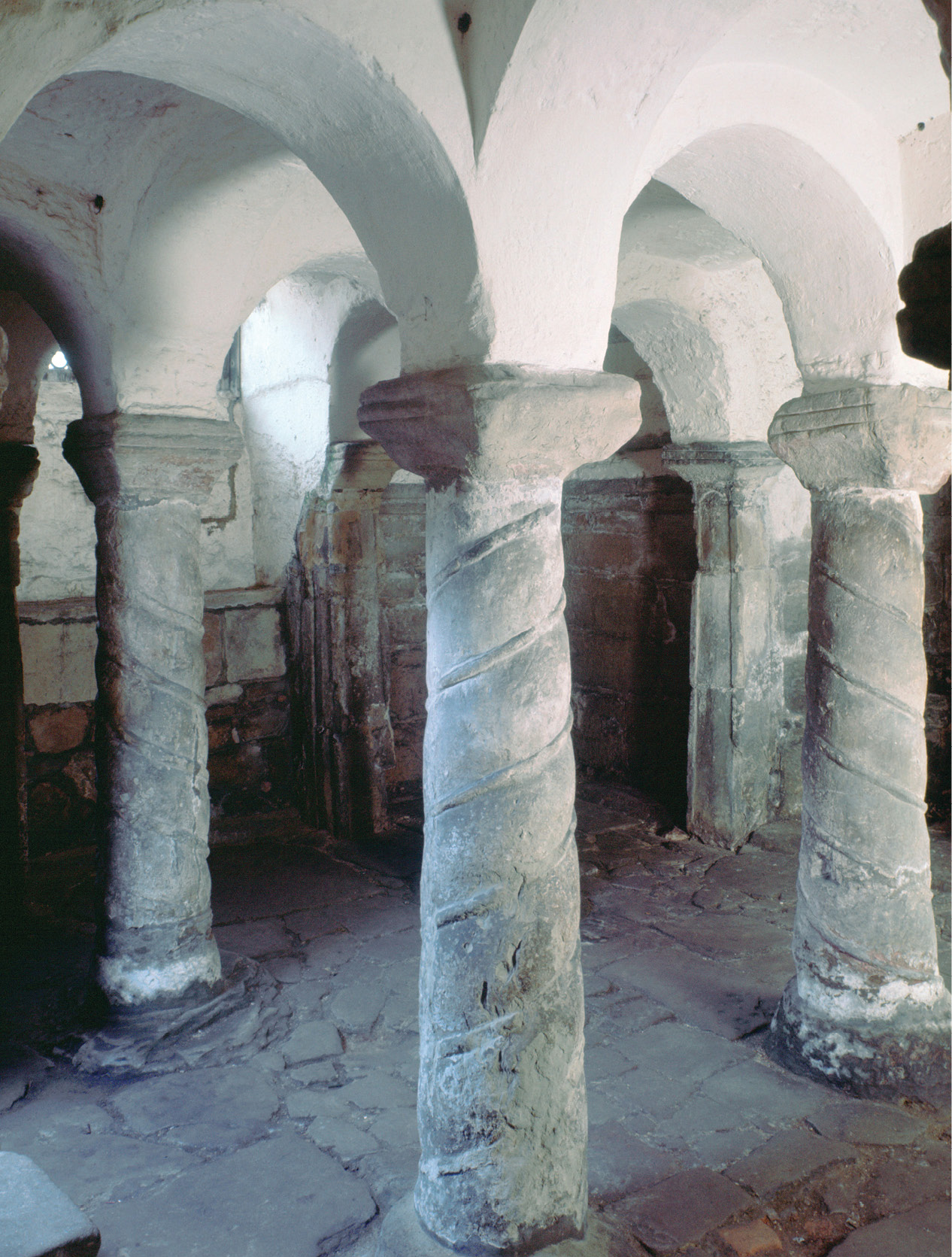
The early medieval crypt of St Wystan’s Church at Repton (Heritage Image Partnership Ltd/Alamy Stock Photo)
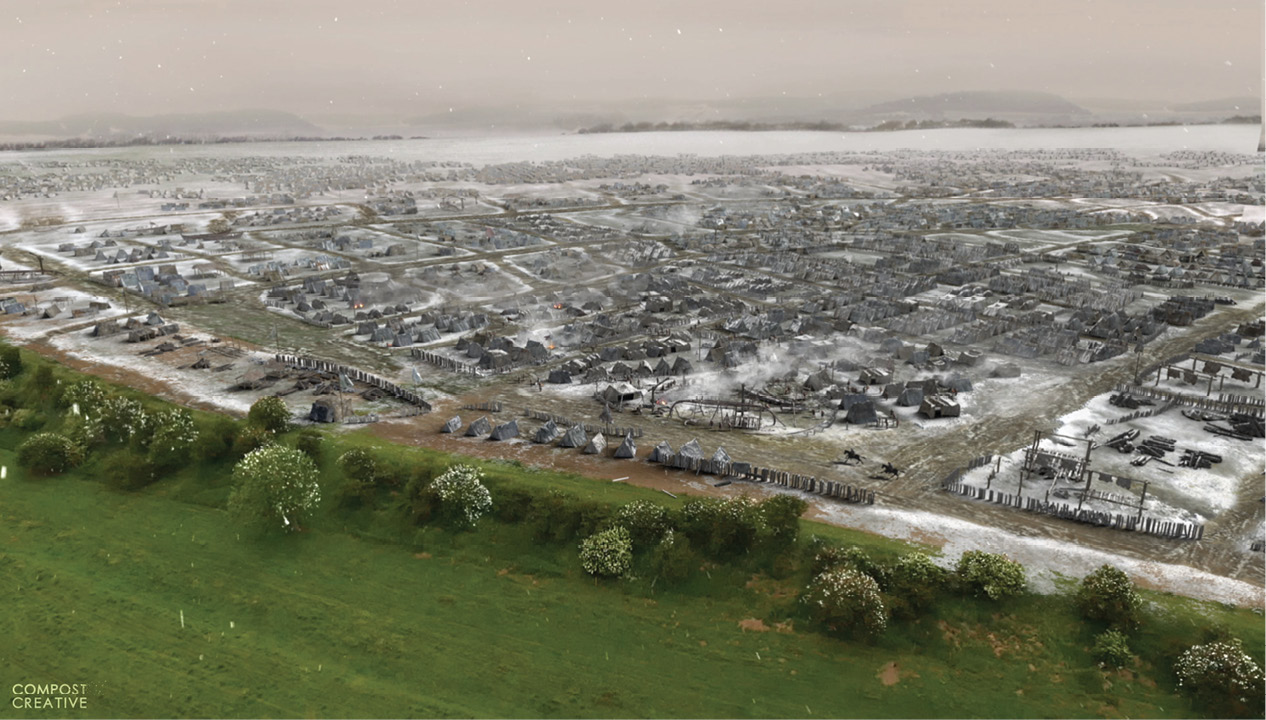
A reconstruction of the Viking camp at Torksey (© Compost Creative)
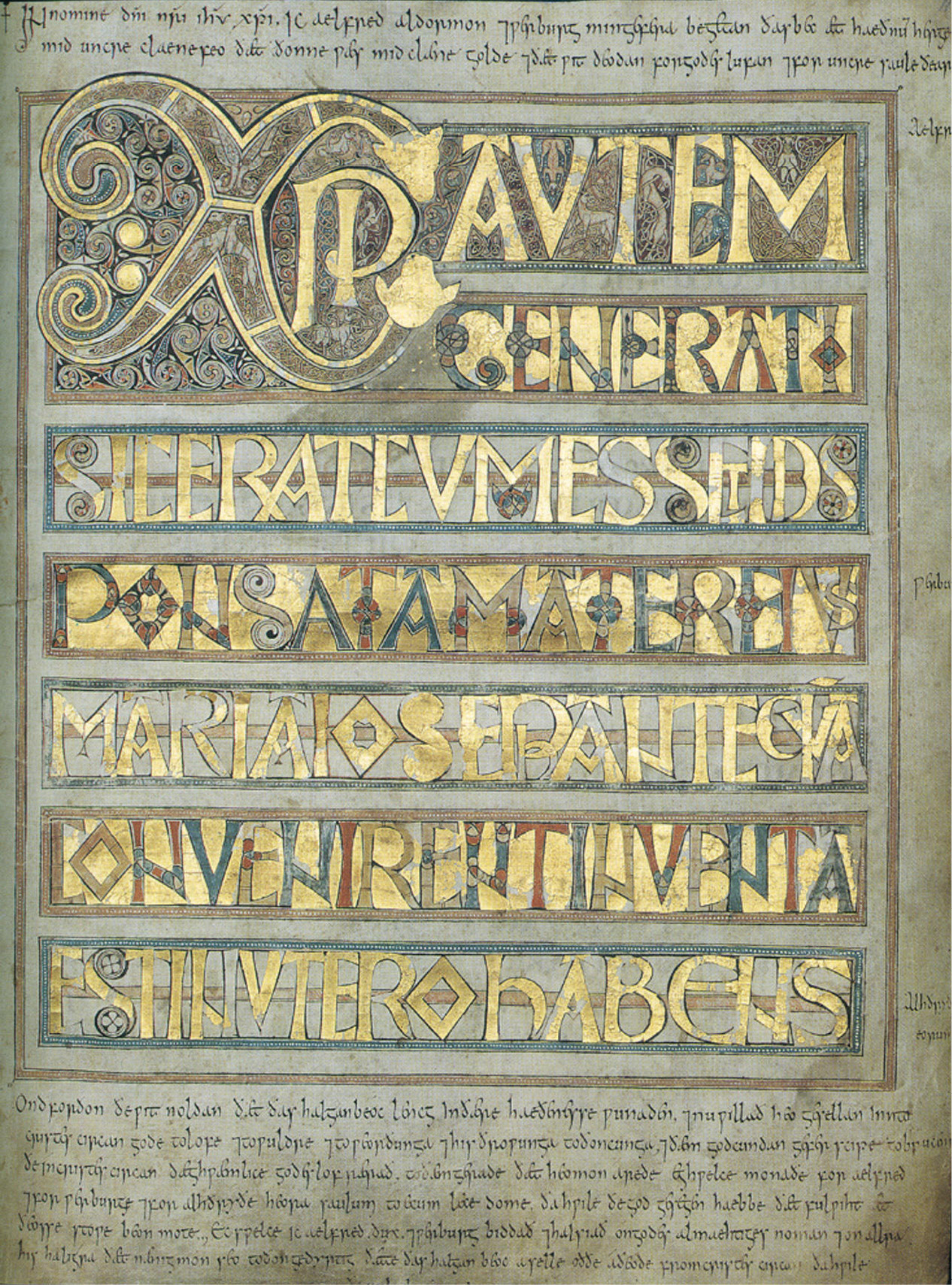
The eighth-century Stockholm Codex Aureus. Comments by ealdorman Ælfred were added in the ninth century above, below and to the right of the illuminated letters (Art Collection 3/Alamy Stock Photo)

Tingwall: an assembly site on Mainland, Shetland (© Thomas J. T. Williams)
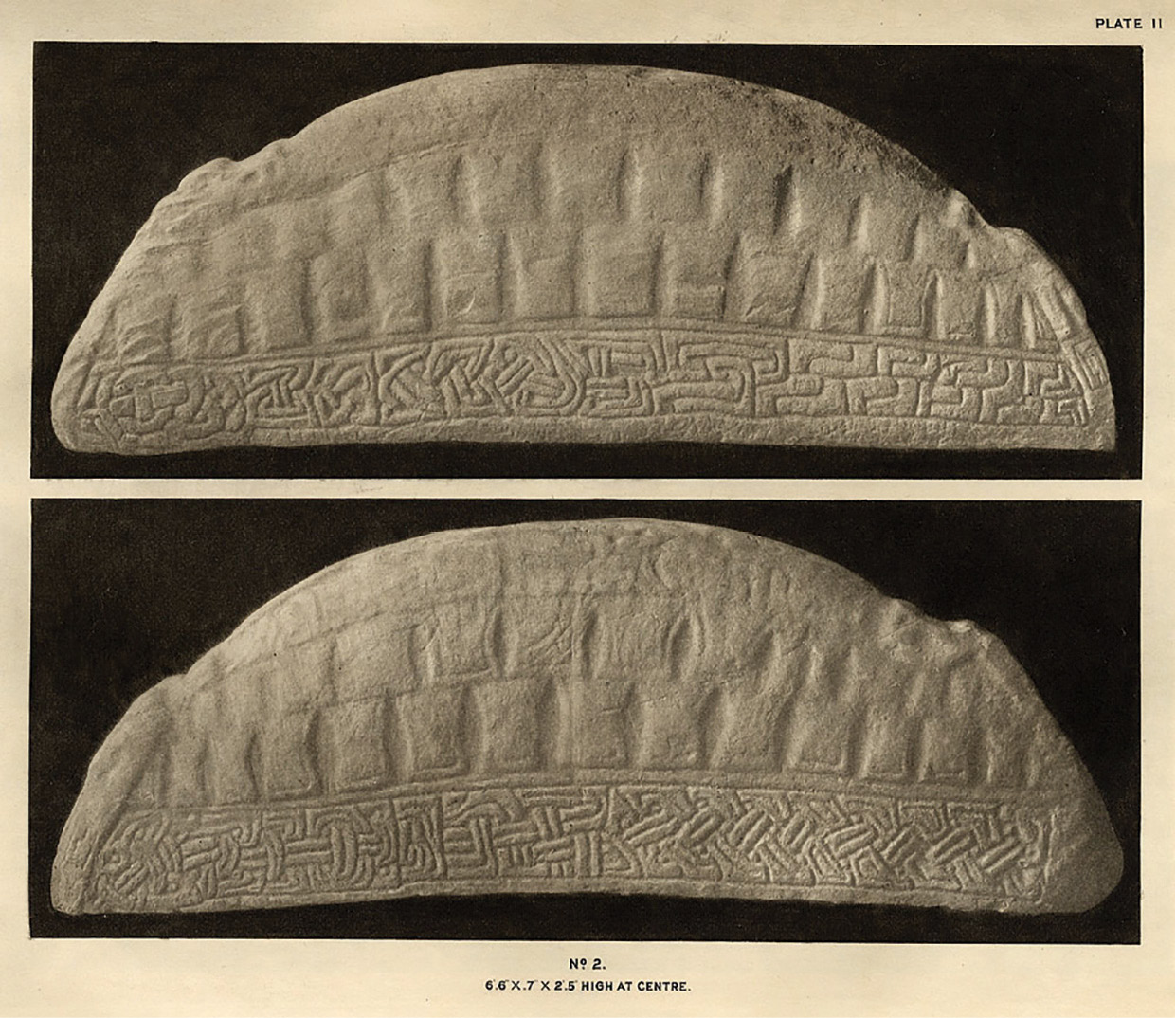
A hogback stone, carved in the tenth century, from Govan Old Church, Glasgow (Glasgow University Library, Special Collections)

The whalebone plaque from the tenth-century boat burial at Scar, Orkney (World History Archive/Alamy Stock Photo)

Thorwald’s Cross, at Andreas Parish on the Isle of Man, depicts – on one side – Odin swallowed by the wolf Fenrir at Ragnarök. The other side displays an apparently Christian scene (Photographs by CM Dixon/Print Collector/Getty Images)
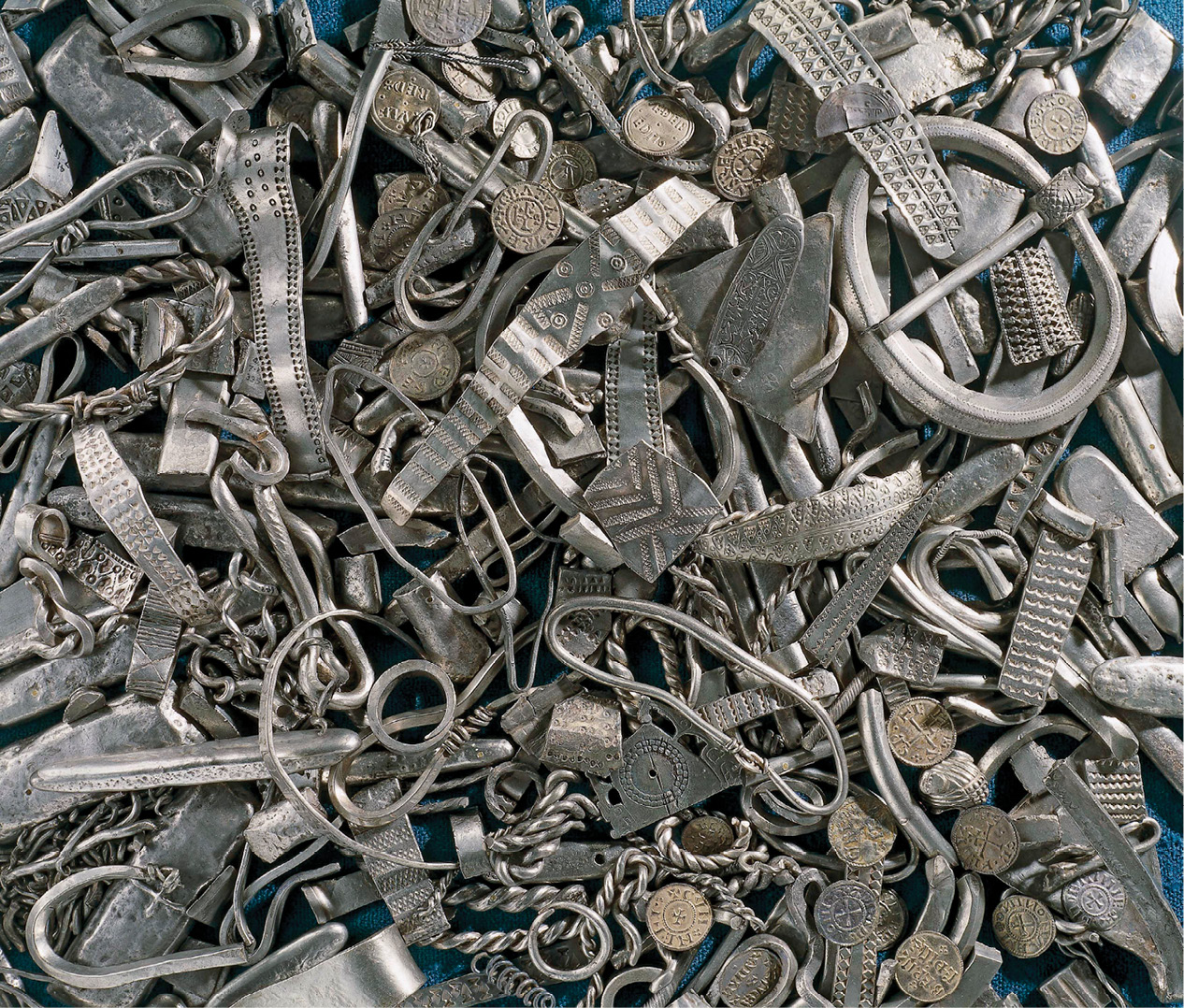
The Cuerdale Hoard: 90 pounds of buried treasure (only a fraction of the total is shown in this image) (© The Trustees of the British Museum)
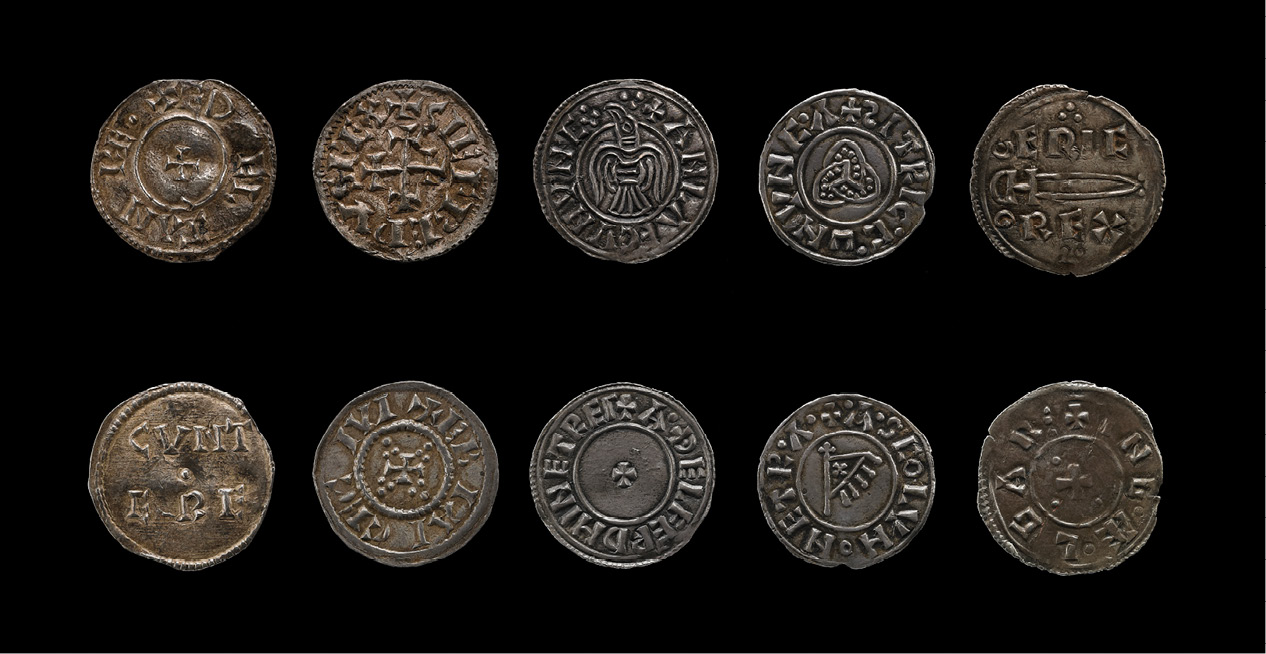
Coins of Viking rulers in England (obverse at top, reverse at bottom). From left to right: Guthrum-Æthelstan of East Anglia (reigned c.880–90), Siefred of Northumbria (reigned c.894–8), Olaf Guthfrithsson of Northumbria (r. 939–41), Sihtric II of Northumbria (reigned c.942–3), Eric ‘Bloodaxe’ of Northumbria (r. 947–8 and 952–4) (© The Trustees of the British Museum)
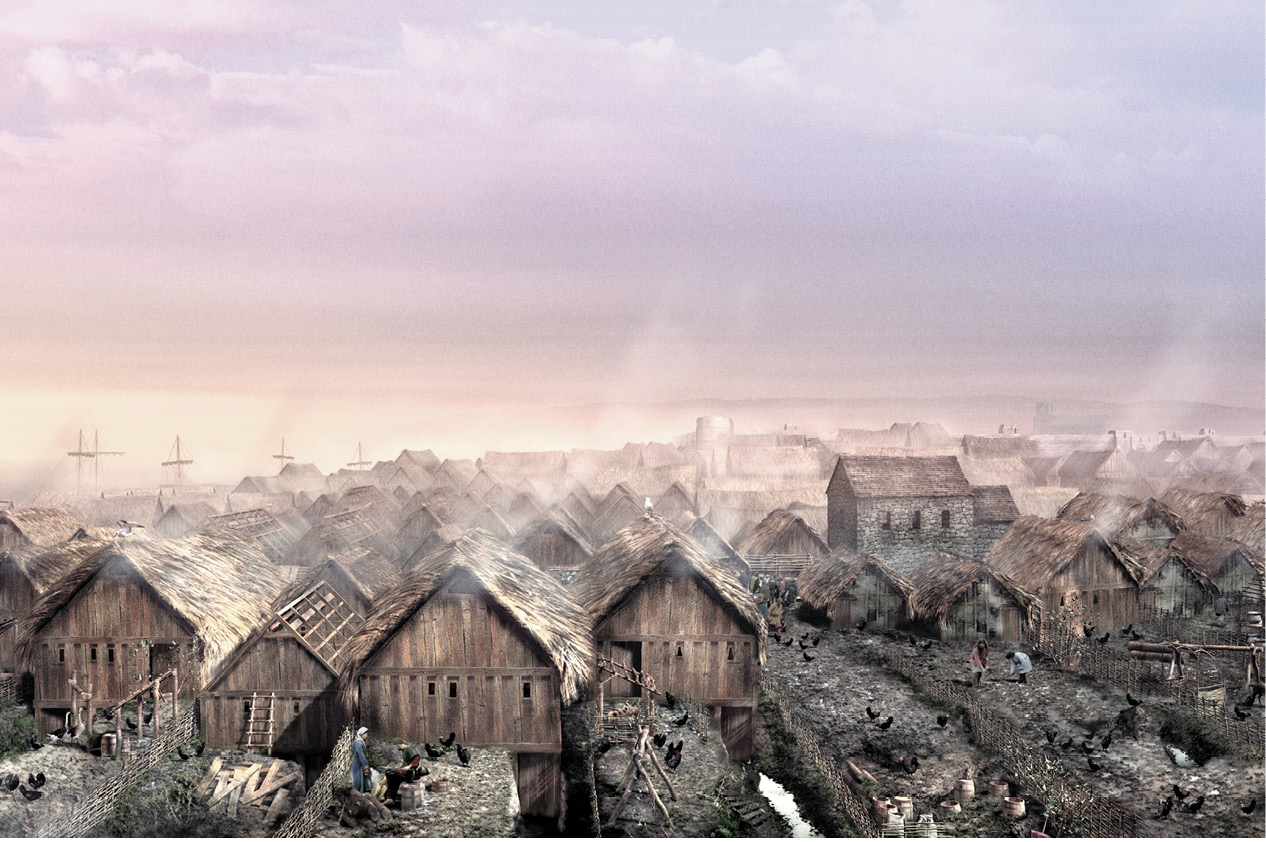
Reconstruction of tenth-century dwellings at Coppergate, York (© York Archaeological Trust)
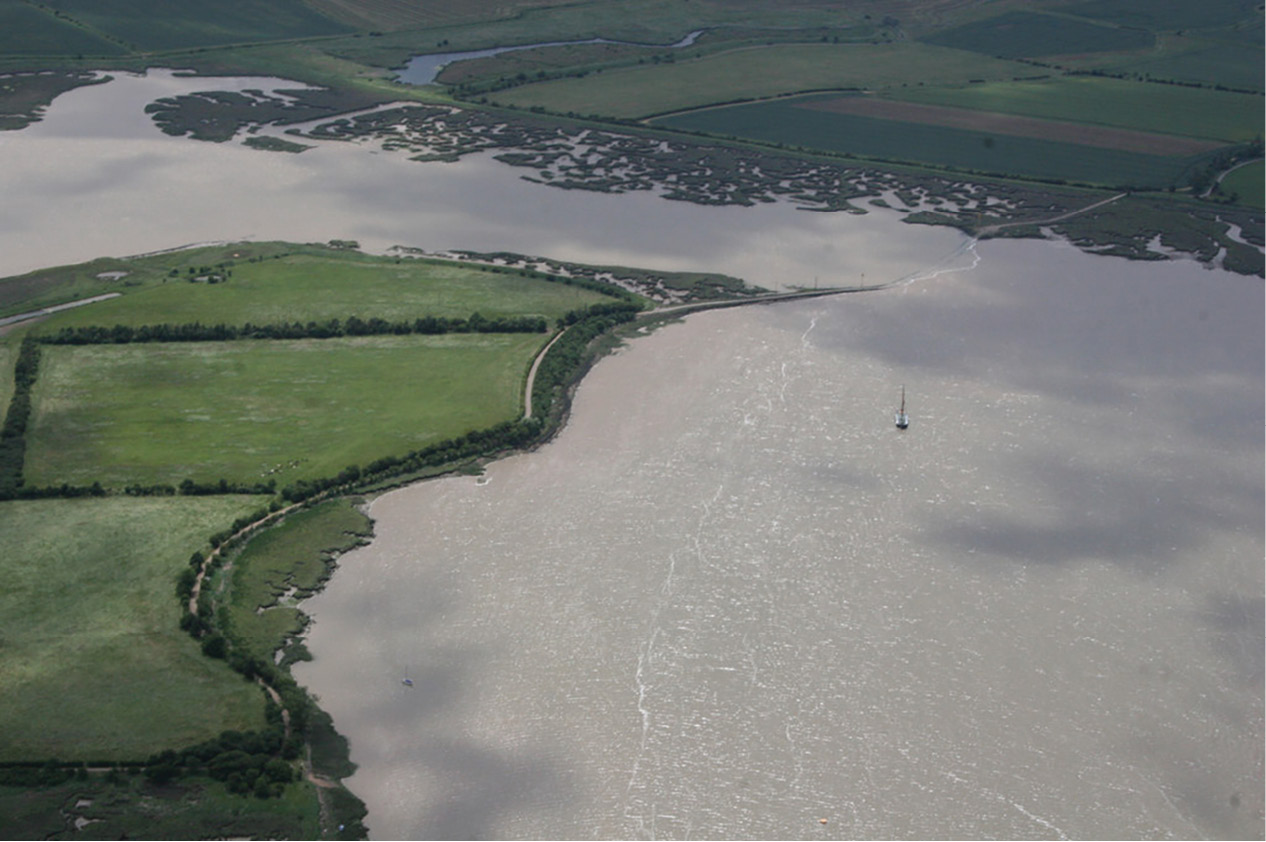
Northey Island, Essex: a Viking army crossed the causeway (upper right) to fight the Battle of Maldon in 991 (© Terry Joyce; Creative Commons Attribution Share-alike license 2.0)
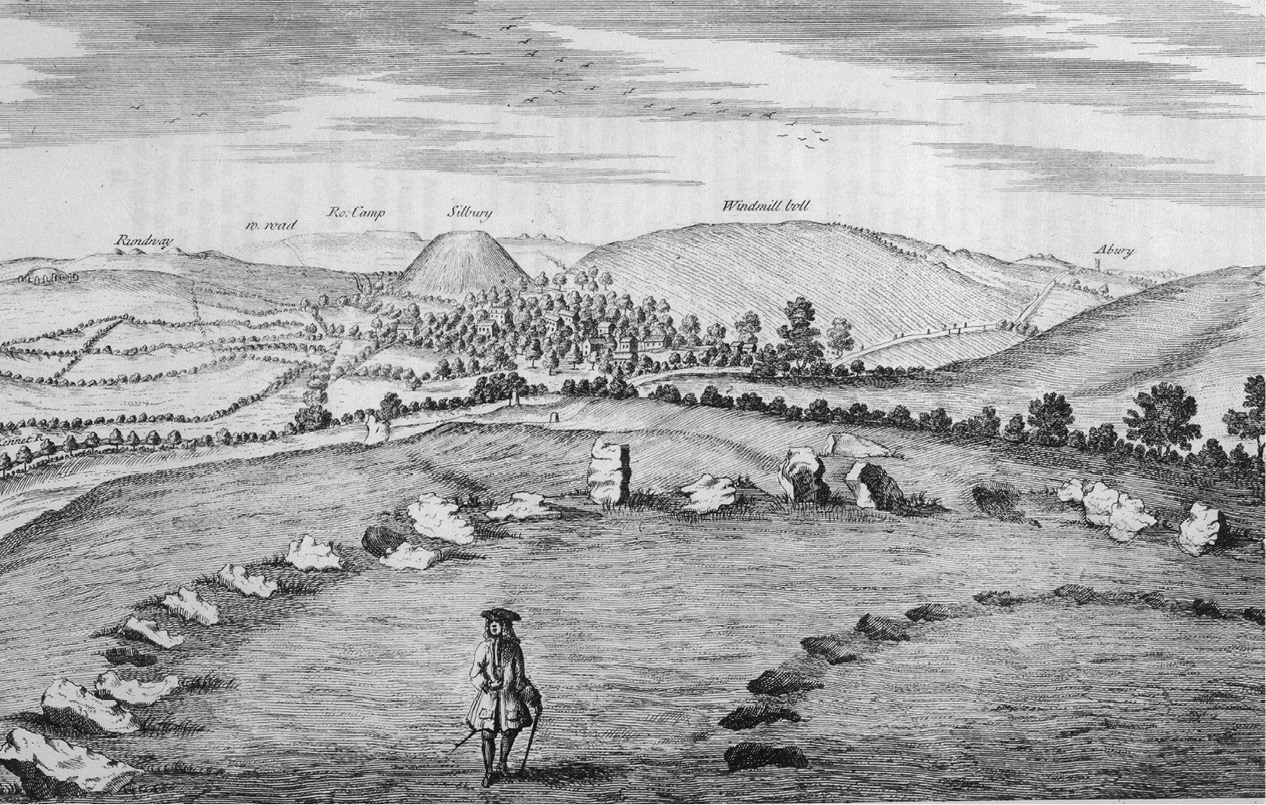
The Sanctuary monument at Overton Hill, Wiltshire, erected around 2000 BC, as drawn by William Stukeley in 1723 (Chronicle/Alamy Stock Photo)
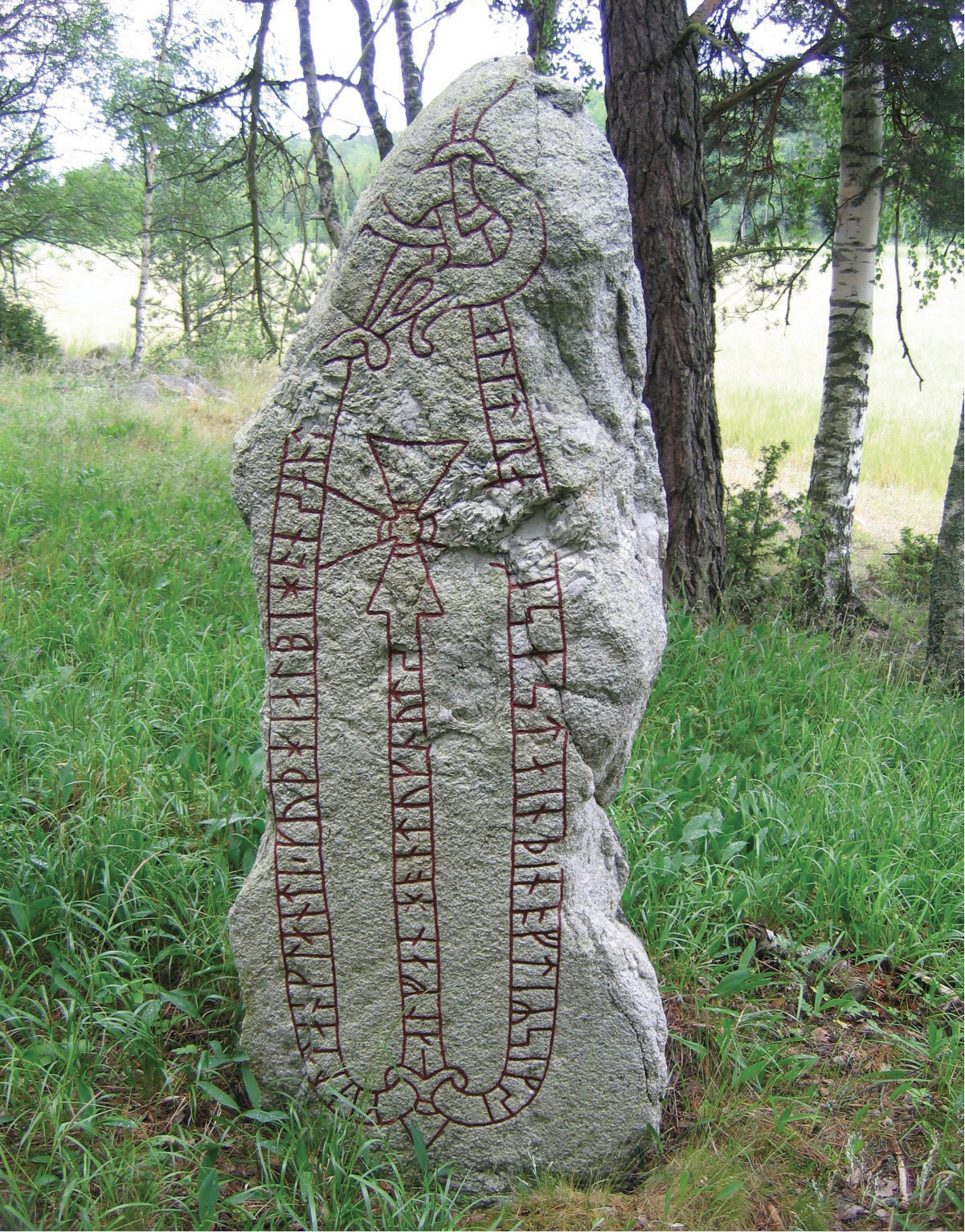
‘Áli had this stone raised in memory of himself. He took Knútr’s payment in England. May God help his spirit’: so runs the inscription on this runestone in Väsby, Uppland (Sweden) (Berig, Wikimedia Commons)
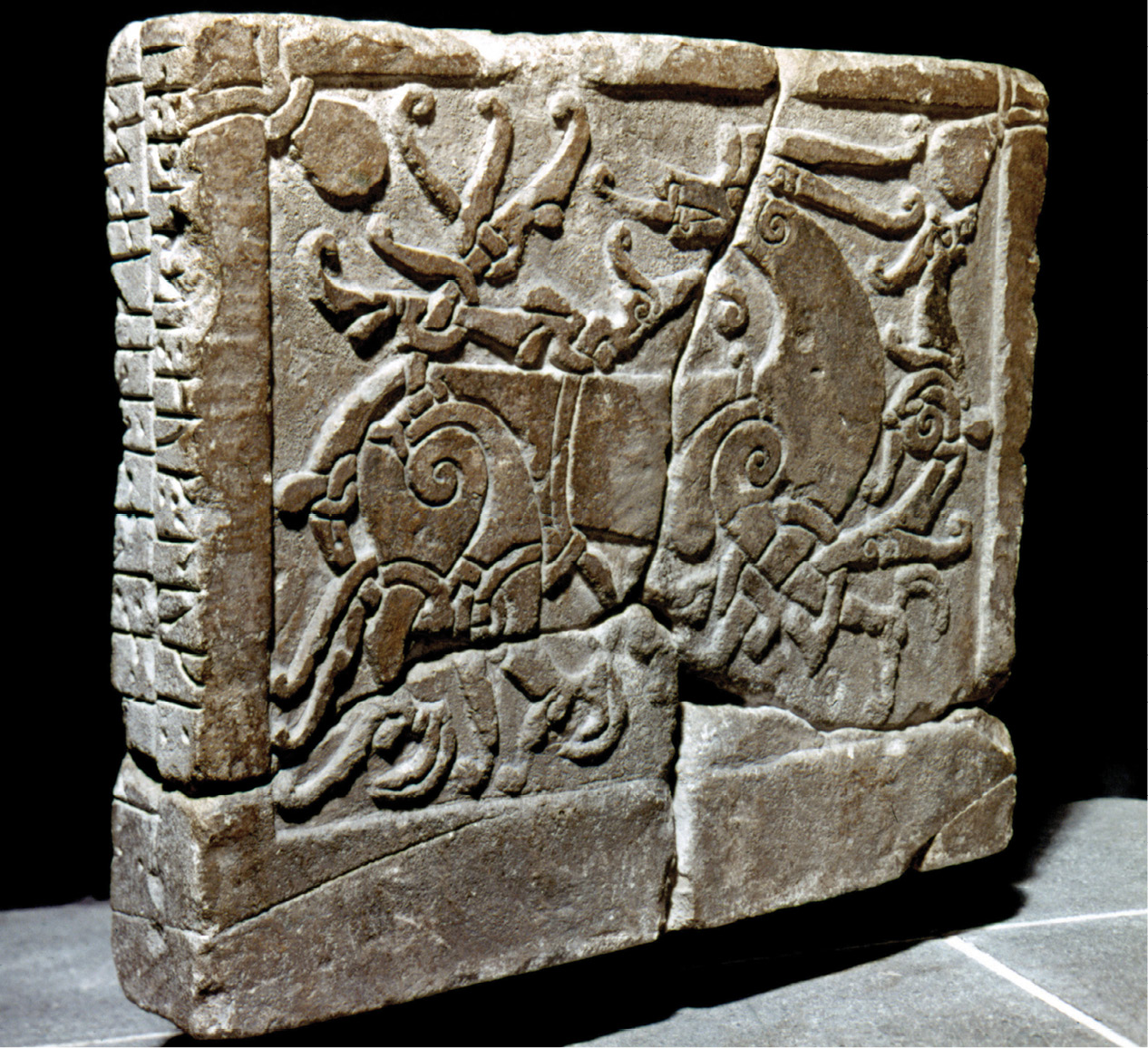
‘Ginna and Toki had this stone set up’ reads the runic inscription on this stone, found in 1852 in the graveyard of St Paul’s Cathedral, London (Granger Historical Picture Archive/Alamy Stock Photo)
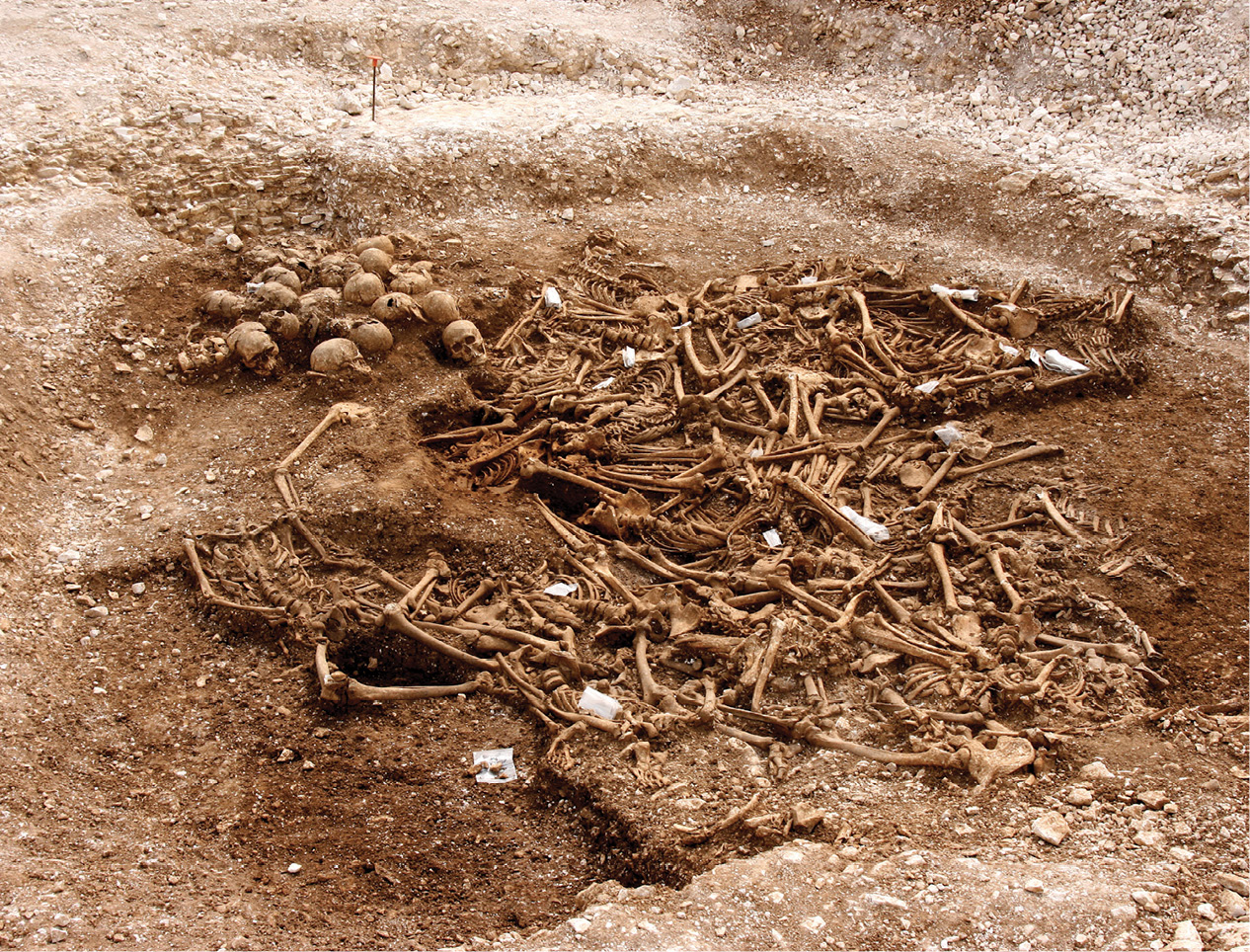
A mass grave of over fifty decapitated men, most of them originally from Scandinavia, found near Weymouth in Dorset in 2011 (© Oxford Archaeology)
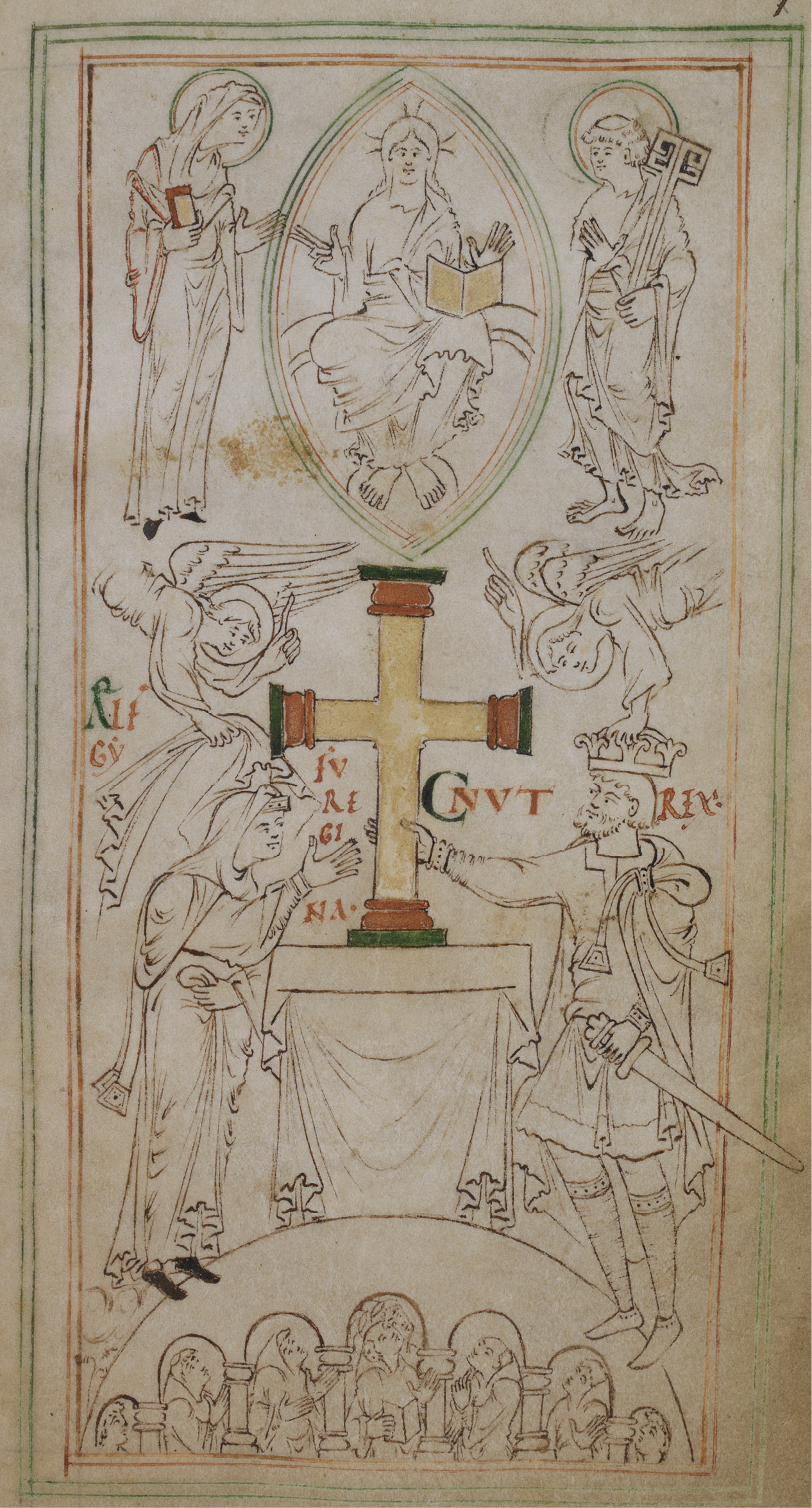
Cnut and his queen, Emma (Ælfgifu), depicted in the pages of the eleventh-century Winchester Liber Vitae (© British Library Board. All Rights Reserved/Bridgeman Images)